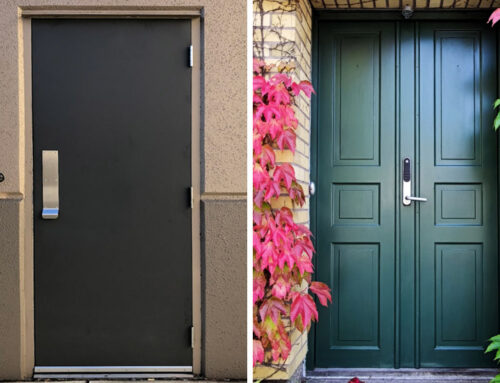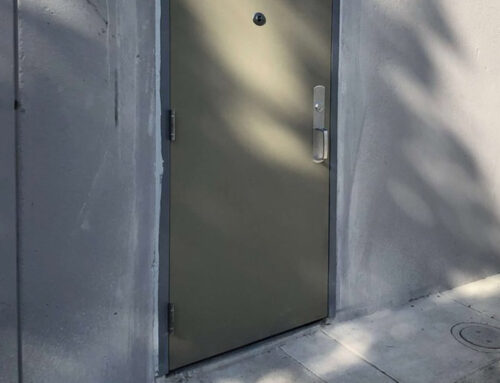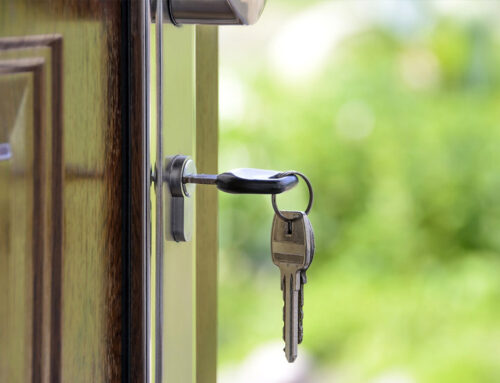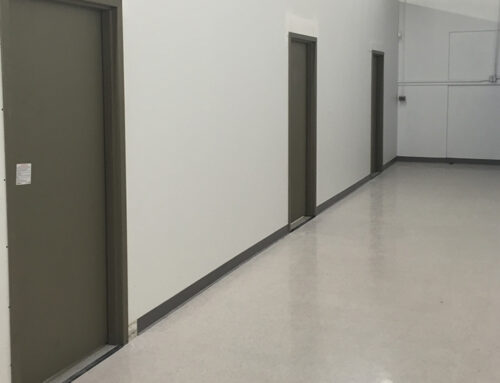When choosing an access control system, it is wise to look into the different types of access control systems before you start to look at brands. While each brand will promote their best features, comparing them may be challenging. Further, you may not know until it’s installed if there is a feature that some types offer that could have made your property more secure or make access easier. Working with a professional who can guide you is great. Or, you can learn about the types of access control systems and compare them for yourself.
You’ll see that there are three main types of access control systems, based on who is in control of the system and who can change which users have access to the system. The three types are discretionary control, mandatory access control and role-based access control.
However, this classification of access control systems isn’t as useful as you might hope to help you sort out which type is right for you. Other than who has control of the system, there are many other factors that are important when selecting the system. We’ll classify systems by these other factors as well.
Discretionary Access Control (DAC)
Discretionary access control is all up to your discretion. The business owner or the organization that paid for the system has control over who is granted access and who is not. You can simply change who has access to which door, revoking or granting permission at any time.
However, this ease of control has some downsides. Any person you give access to the system can see who is allowed where. Potentially, these people could change the access privileges of other users and even install malware. The human element is what leaves these systems vulnerable, but there are ways around them.
Mandatory Access Control (MAC)
Mandatory access control systems are used in highly regimented organizations where there are multiple facilities, all working under the same umbrella. A military can make good use of a mandatory access system. These systems are much more stringent about who can see access credentials and who can change them. Commonly, the person who can control these things may not even be on-site at the building. MAC systems usually work in tandem with other security features because they are in such highly controlled environments.
Role-Based Access Control (RBAC)
Role-based access control systems are a little more convenient than mandatory access control systems. Instead of having a personal listing of their access privileges, each person in the system is assigned a role with a set of privileges. That makes it much more convenient to add a large number of users to the system. And, with better-defined roles, the system can be more secure.
Access Mechanisms
While there are three main types of access control systems, there are also some other important distinctions to be drawn. In fact, these distinctions may be more important to you than the types. For example, you can define a system by its access mechanism, and the choice of mechanism changes the security and redundancy of the system. Here are some of the access types:
- Keypads: Number keypads are an older option for access control, but they can be useful in some environments.
- Bluetooth: Bluetooth is a short-distance signal that is convenient for access control systems.
- WiFi: In a building with WiFi or using cellphones with data connections, you can use WiFi as your access control mechanism.
- Cellular:Cellular signals are another great digital option for an access mechanism.
- Biometrics:Biometrics may include fingerprints, hands, eyes, or scans of other parts of the body. They are challenging to replicate, so they are very secure.
- RFID:Radio-frequency identification uses radio or electromagnetics to send a signal.
Some access control systems combine multiple access mechanisms to provide redundancy. If one signal isn’t working, the other will still work, so the person can still access the facility.
Unless you are using biometrics, your users will need an object to send the signal to access the system. This can be another way to categorize access control systems. Some use cards, phones, phone apps, or other key objects.
External and Internal
Some access control systems are better options for the entrances to the facility, and others are better for internal doors that might need less security. Other systems can be used for both external and internal control just as easily.
Scalability
Some access control systems are more scalable than others. Ideally, you’d want all your doors and access points to be controlled by the same system and even easy to monitor all at once. However, you may find that once you install a system and then add an addition to your building, or just a new door, you can’t expand the access control system to that space or door. Get a scalable system so that you can always adjust it to your need.
What Does Your Facility Need?
There are many factors that determine what type of access control system you need and what features it must have to be both secure and convenient. There’s no simple answer to which type of system will be best for you, which is why we think it’s wise to reach out to a professional to get an opinion.
That said, one of the things that we find is most overlooked is how well the system fits in with your company culture. It’s no good to have a system that your staff are constantly getting around by propping open doors, trading their cards, letting each other in, or otherwise trying to thwart the system. Instead of being a problem with staff culture, this is a problem with the system. It should be convenient and reliable enough that your staff stop can trust it enough to stop thwarting it.
For that, we recommend a system with redundancies that is simple to add people to or remove people from and that you can monitor simply. Our system of choice is Avigilon Alta. Reach out to us today to discuss it.







